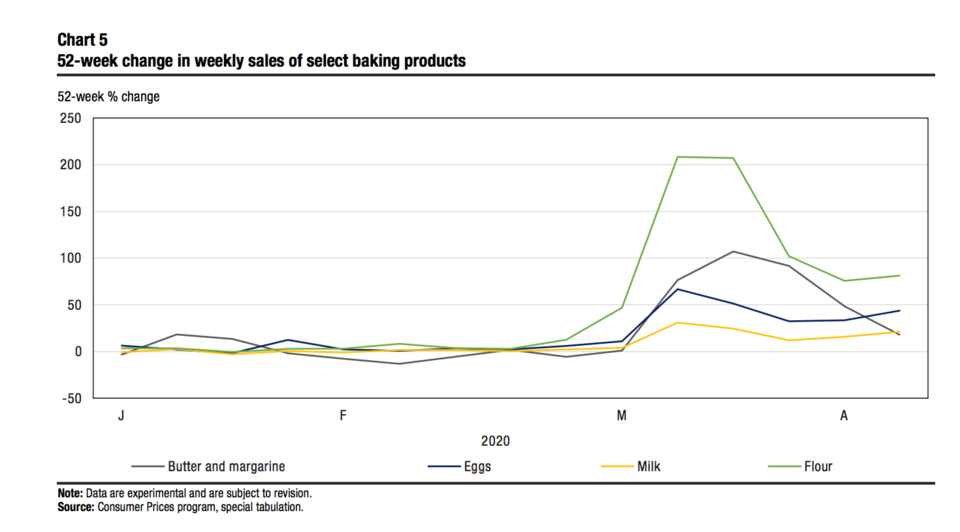Rich, savoury, hearty, and crisp.
Biting into a slice of sourdough bread is a unique artisanal experience that, as many of us have discovered through quarantine, begins and ends with just three ingredients: Flour, water, and salt. Add a Dutch oven, determination, and a lot of patience and it’s possible to create your own loaf of sourdough at home.
It’s also no surprise that many have ventured into the kitchen over the months of the COVID-19 pandemic to explore a new pastime, particularly in the art of sourdough breadmaking.
Making a loaf of sourdough is something that may seem difficult at first, but once you finally bite into your own crumbly slice, Laura Rogerson, owner of Breadlove, the artisan bakehouse and bread school based in St. Albert, affirms that the sourdough experience is more than worth the challenge.
“It’s really like magic. It should be called ‘bread magic’ because it really is a magical process,” said Rogerson.
Rogerson says the recent craze over sourdough is most likely due to the search for comfort in such uncertain times.
“I think people were looking for comfort and solace in the early stages of pandemic because nobody knew what was happening and where it was going and where it was going to wind up,” Rogerson said. “There’s nothing more comforting than a loaf of bread that you’ve created for you and your family.”
In April, Statistics Canada released a report summarizing changes seen in grocery sales. The report highlighted that “amid stories of stress baking and sourdough starters, sales of flour (continued) to surpass those registered last year, rising about 200% year-over-year in March, and reaching 81% in the week ending April 11, compared to the same period a year ago.”
 Canadian grocery stores saw sales in flour increase particularly during the months of March and April 2020. STATISTICS CANADA/Screenshot
Canadian grocery stores saw sales in flour increase particularly during the months of March and April 2020. STATISTICS CANADA/Screenshot
Rogerson explained people began to take baking matters into their own hands near the start of the pandemic when certain items became unavailable on grocery store shelves.
“Sourdough baking especially has just gone wild because people weren’t able to purchase yeast. They had to turn to another source and create their own leavening agent for bread – which is, of course, sourdough,” Rogerson said.
The leavening agent is what requires an active fermentation process created by the sourdough starter. When placed in a jar and covered, flour, water, and salt are brought to life as the mixture incorporates tiny yeast microbes that naturally occur in the air all around us. This organic process is also responsible for the unique texture and rise of sourdough.
Because of the sourdough starter process, sourdough breadmaking usually spans over a week, so it’s important to take timing into consideration when you want to have your loaf out of the oven and ready to eat.
Those who may be initially intimated by the thought of making sourdough are not alone. Rogerson explains that, at first, she shied away from the particular kind of bread. “All the information online made it seem very complicated,” said Rogerson.
At the beginning of October, she will be holding a class that covers the basics of sourdough breadmaking. For beginners, she says simple is always best when starting out and stresses that good quality ingredients are the key to success.




